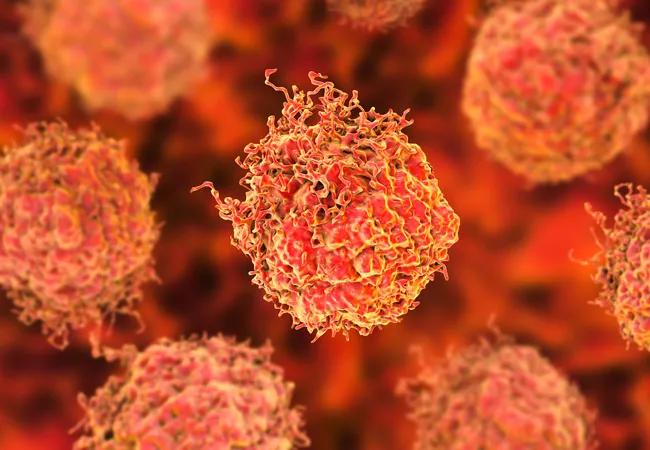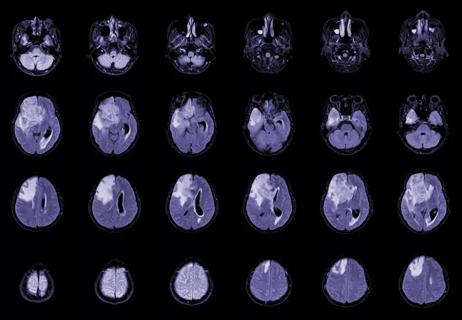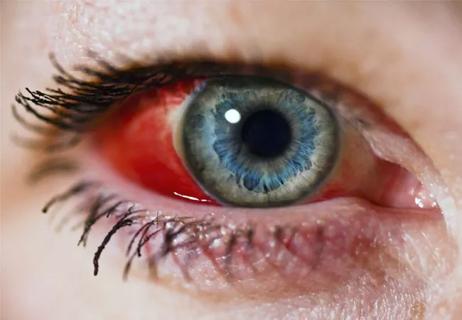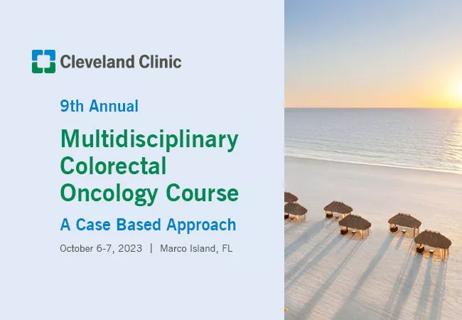New evidence supports ART, but caveats remain

In a new study published in JAMA Oncology, radiation oncologist Rahul Tendulkar, MD, and coauthors found that adjuvant radiotherapy (ART) for high-risk post-prostatectomy patients is associated with superior outcomes compared to early-salvage radiotherapy (ESRT) along three key parameters: freedom from biochemical failure, distant metastases and overall survival. While the potential side effects of radiation (sexual, urinary and bowel dysfunction, primarily) still present an argument for the wait-and-see approach, this study helps lend greater clarity for oncologists as they lay out odds and options for their patients.
Cleveland Clinic is a non-profit academic medical center. Advertising on our site helps support our mission. We do not endorse non-Cleveland Clinic products or services. Policy
Approximately two-thirds of men who undergo a prostatectomy are cured of cancer, but the other third will present with recurrent disease within 10 years. The risk of recurrence rises to between 40 and 70 percent with adverse pathology, such as positive surgical margins, seminal vesicle invasion and extraprostatic extension. Treatment plans have traditionally leaned toward a wait-and-see approach with these high-risk patients — monitoring PSA levels and intervening with salvage radiotherapy when the kinetics of PSA levels or other changes signal a probable recurrence. The ART approach, on the other hand, is preemptive, before any of these signals manifest.
Dr. Tendulkar and his team retrospectively analyzed a large cohort of patients over multiple sites, with a longer follow-up duration, to see if a clearer picture emerged. To this end, they studied 1,566 patients across 10 leading medical centers between 1987 and 2013, with median follow-up of 65.8 months for the ART cohort and 73.3 months for the ESRT cohort.
These key findings emerged:
The size, time span and high caliber of the participating medical centers strengthen the study’s findings. But Dr. Tendulkar explains that it is still an apples to oranges comparison, with one procedure being preemptive and the other triggered by symptoms. “One of the challenges with this study is that among those patients whose PSA was undetectable but who got adjuvant radiation therapy, there is likely to be a certain proportion whose PSA would never have risen. Still others may have had residual disease that was just subclinical at the time they received ART.”
The team applied a sensitivity analysis which demonstrated that as long as no more than 56 percent of the patients would have been cured by the surgery alone, ART has a net positive benefit. With two-thirds of men having no post-prostatectomy recurrence, this still leaves enough gray area to warrant individual evaluation and dialogue before recommending either approach.
With ESRT, patients who would never have had a recurrence avoid unnecessary treatment. However, with preemptive ART, the radiation dose is usually slightly lower than with ESRT, and for patients who would have had a recurrence, ART improves their odds for a cancer-free future.
“We also have to consider factors like the patient’s life expectancy, quality of life, baseline urinary, bowel and sexual function, and how our treatment may impact all those things.” Dr. Tendulkar continues, “In terms of tumor factors, we have to look at PSA kinetics. If someone is elderly and experiencing a very slow rise in PSA, for example, there is a good chance treatment would not be of benefit. However, for a young person with a lot of high-risk features, ART may give them the best chance of potential long-term cure.”
The American Urological Association guidelines recommend that “Patients with adverse pathologic findings…should be informed that adjuvant radiotherapy, compared to radical prostatectomy only, reduces the risk of biochemical (PSA) recurrence, local recurrence and clinical progression of cancer. They should also be informed that the impact of adjuvant radiotherapy on subsequent metastases and overall survival is less clear.”
Although this study helps resolve contradictions that inform this recommendation, Dr. Tendulkar does not anticipate a change in the standards of care, pending the outcomes of long-term prospective, randomized trials.
While awaiting these trial outcomes, Dr. Tendulkar’s research offers data to inform more meaningful patient-physician discussions. He concludes, “Our work contributes value to the literature because of its large size and data from multiple top-notch academic centers. It also provides useful data to inform patients that perhaps ART can result in really good outcomes, while still acknowledging the risk that we may overtreat patients who may never have had a recurrence.”

Timing and type of side effects differ greatly from chemotherapy

Dedicated multidisciplinary teams support 84 ultra-rare cancers

Sessions explore treatment advances and multidisciplinary care

New research from Cleveland Clinic helps explain why these tumors are so refractory to treatment, and suggests new therapeutic avenues

Combination of olaparib and carboplatin results in complete durable response for a patient with BRCA2 and “BRCAness” mutations

Early communication between oncologists and ophthalmologist warranted

Case-based course delves into latest treatment approaches

Long-term relationship building and engagement key to gaining community trust